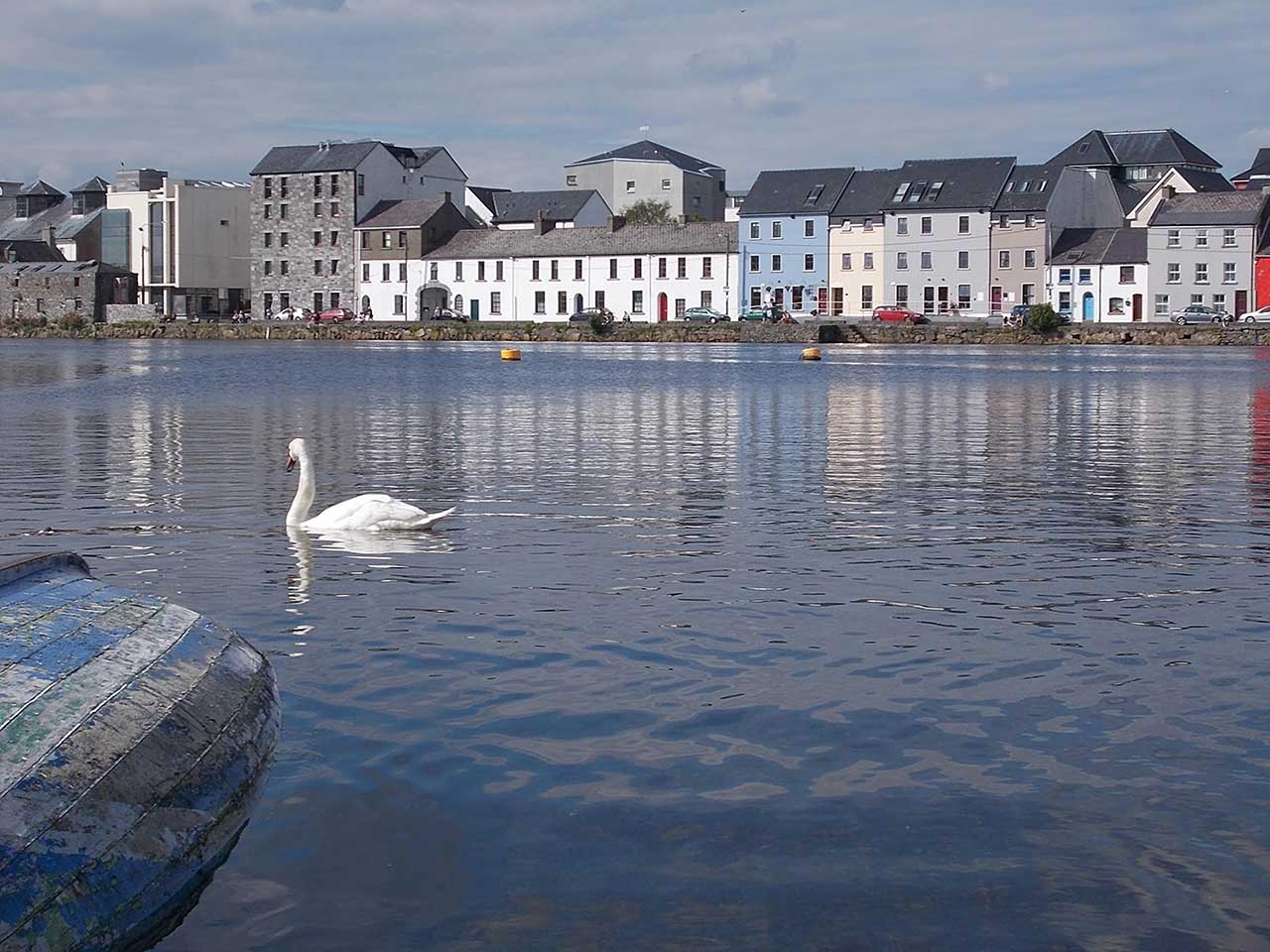
Photo by Tracy Geraghty.
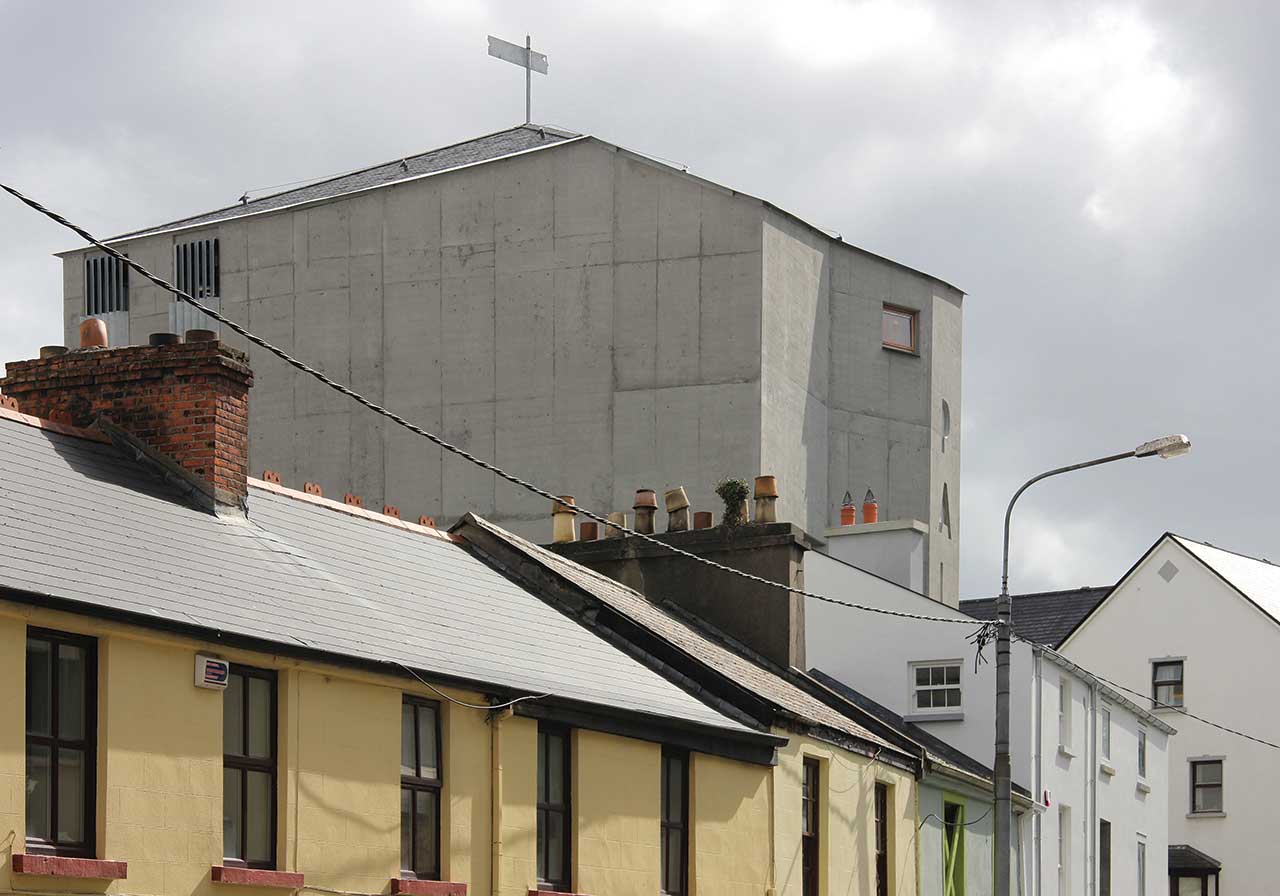
Photo by Peter Maybury.
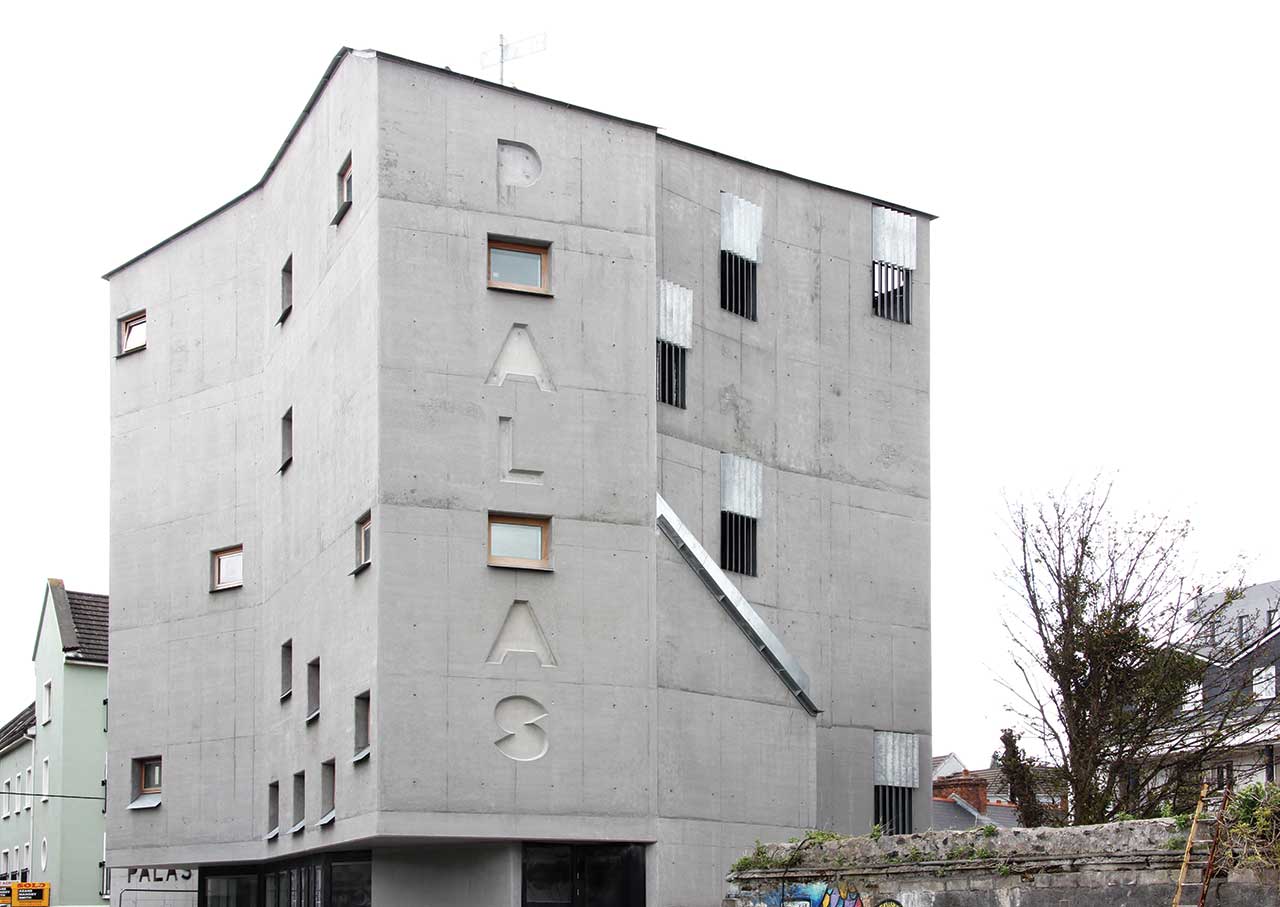
Photo by Peter Maybury.
Designed by Tom de Paor of de Paor Architects, both the contemporary historical structures tie in to each other, juxtaposing their stylistic differences with touches of similarities, such as the polished concrete used throughout, as well as the buildings' slate pyramid and pitch gabled roofs, respectively. The cinemas themselves cantilever on the contemporary structure, creating both a sense of movement as well as providing more space to the interior facilities.
Inside, the public rooms provide a wide range of offerings for patrons to enjoy, each decorated in its own idiosyncratic fashion. The tea room is therefore sheathed in glass, offering ample daylight to flood in; the bar is paneled in hardwood, creating a cozy atmosphere; and the cinemas are draped in a moody, red fabric that conceals behind it each room's technically state-of-the-art, acoustic insulation.
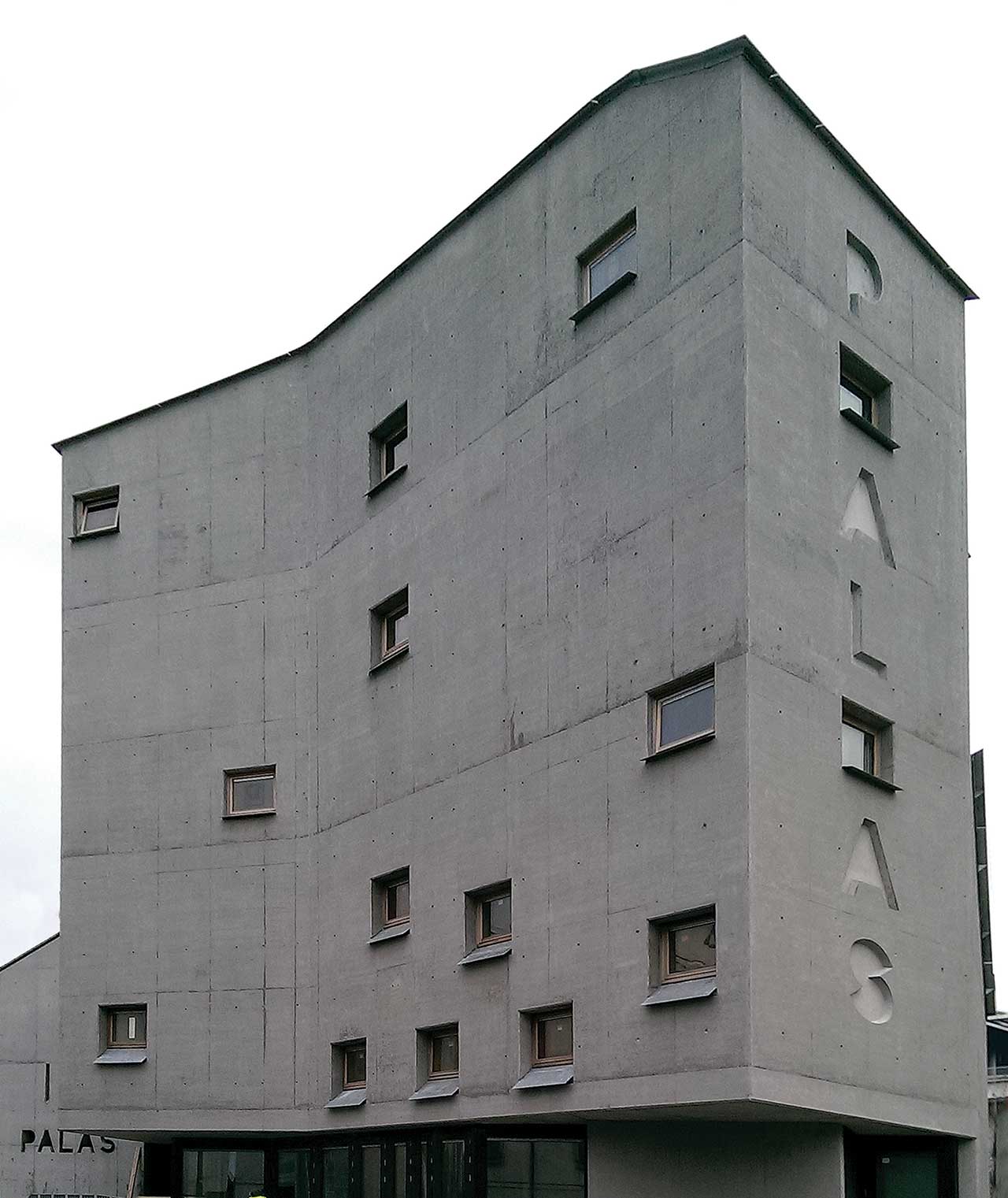
Photo by Anna Hofheinz.
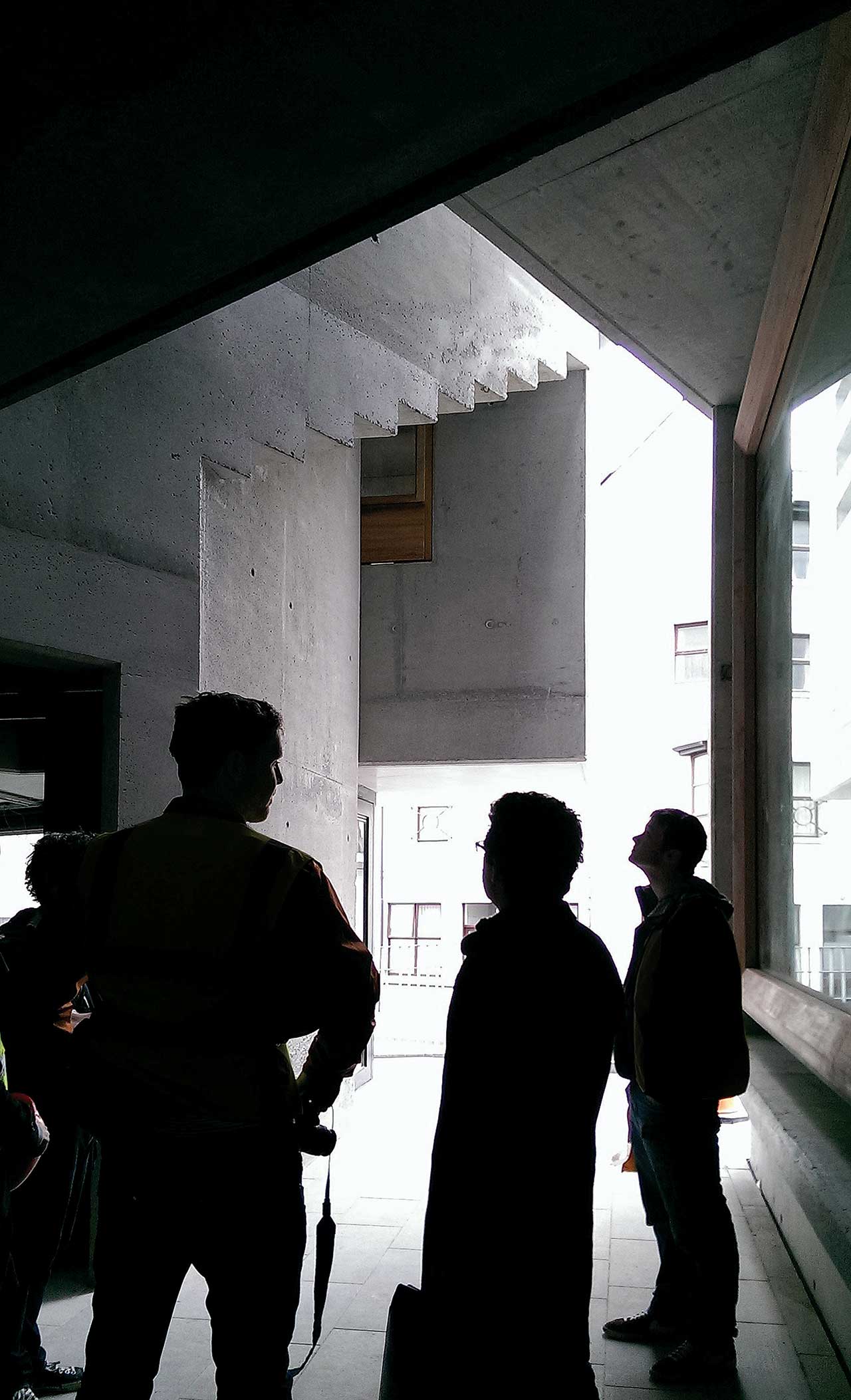
Photo by Anna Hofheinz.
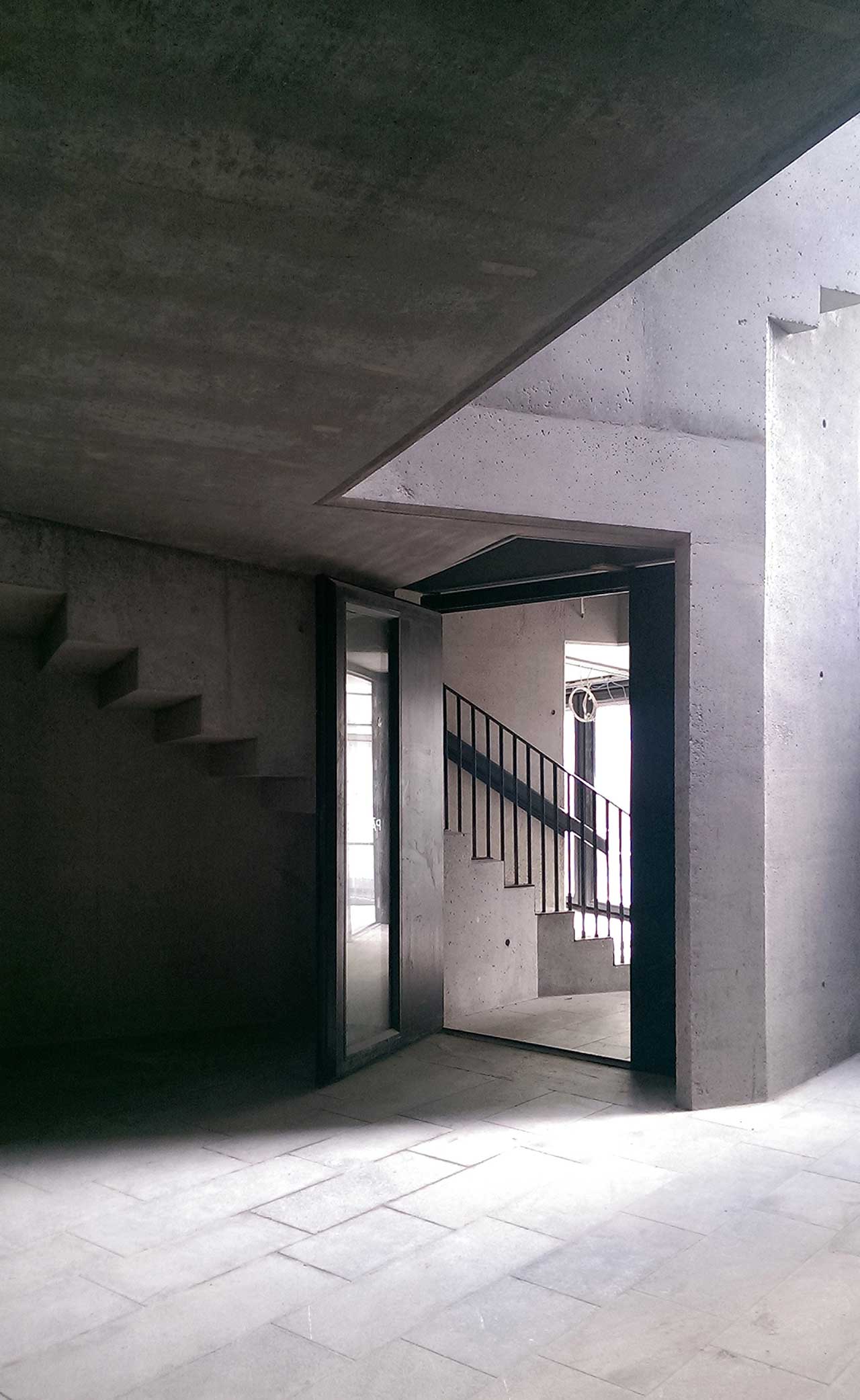
Photo by Anna Hofheinz.
But perhaps one of the most memorable decor touches are the windows that mark the walls of the contemporary structure facing the street (specifically, punctuating the staircases and the bar). Each windows' resin-painted, double glazed glass was created by the late, great Irish artist, Patrick Scott, who donated this work - his last in fact - to the Picture Palace. Concentric, geometric designs of circles within squares and squares within squares are done up in various color "suites," such as shades of greens and blues; red, orange and amber; or pink, purple and yellow.
These all cast a dramatic light when viewed from within the structure, when the natural light streams through them by day, as well from the outside the structure, when the interior's light streams through them by night, proving in their own way how the city of Galway has impacted the creation of the Picture Palace, and by consequence, how the Picture Palace - upon its completion - will be impacting the city.
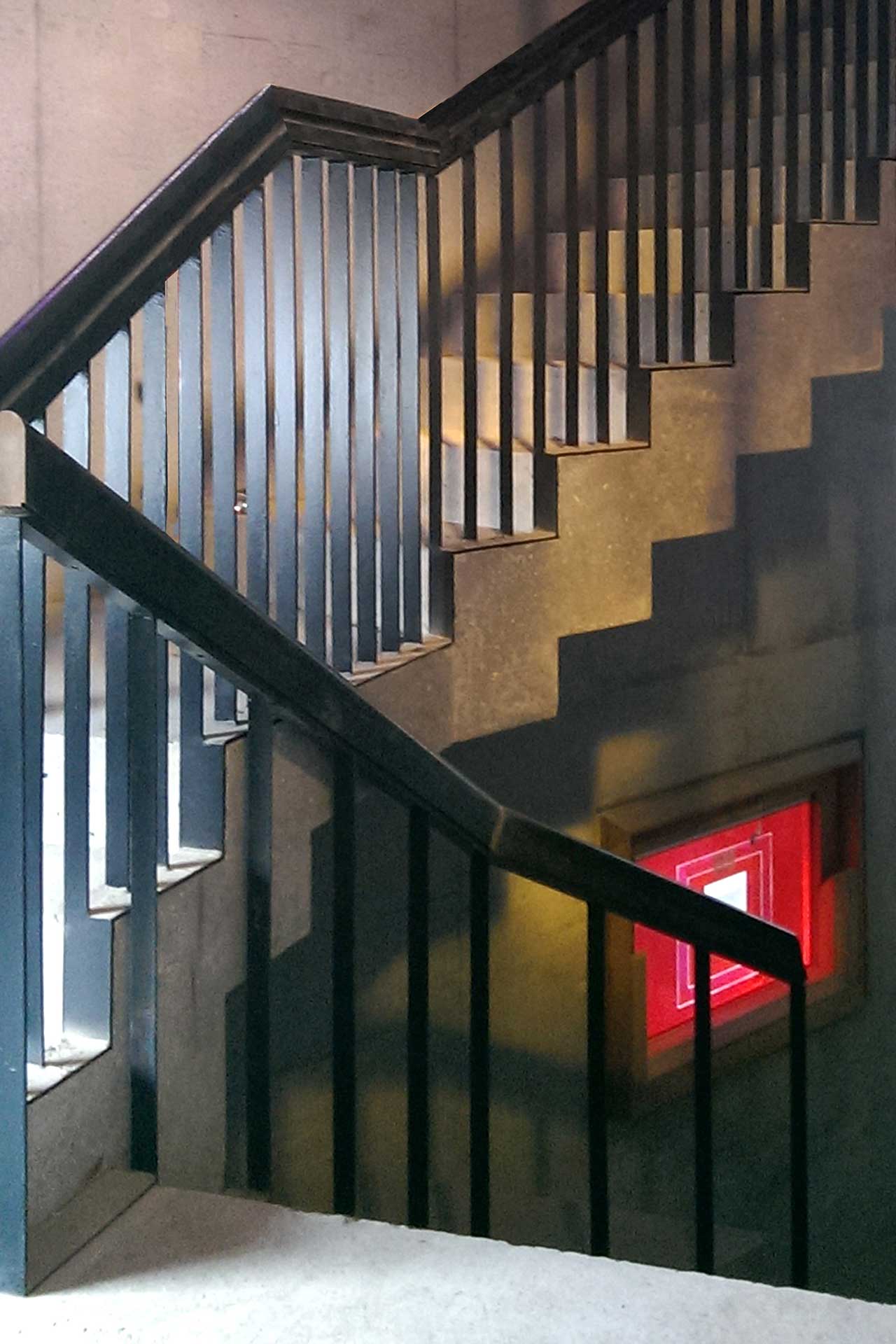
Photo by Anna Hofheinz.
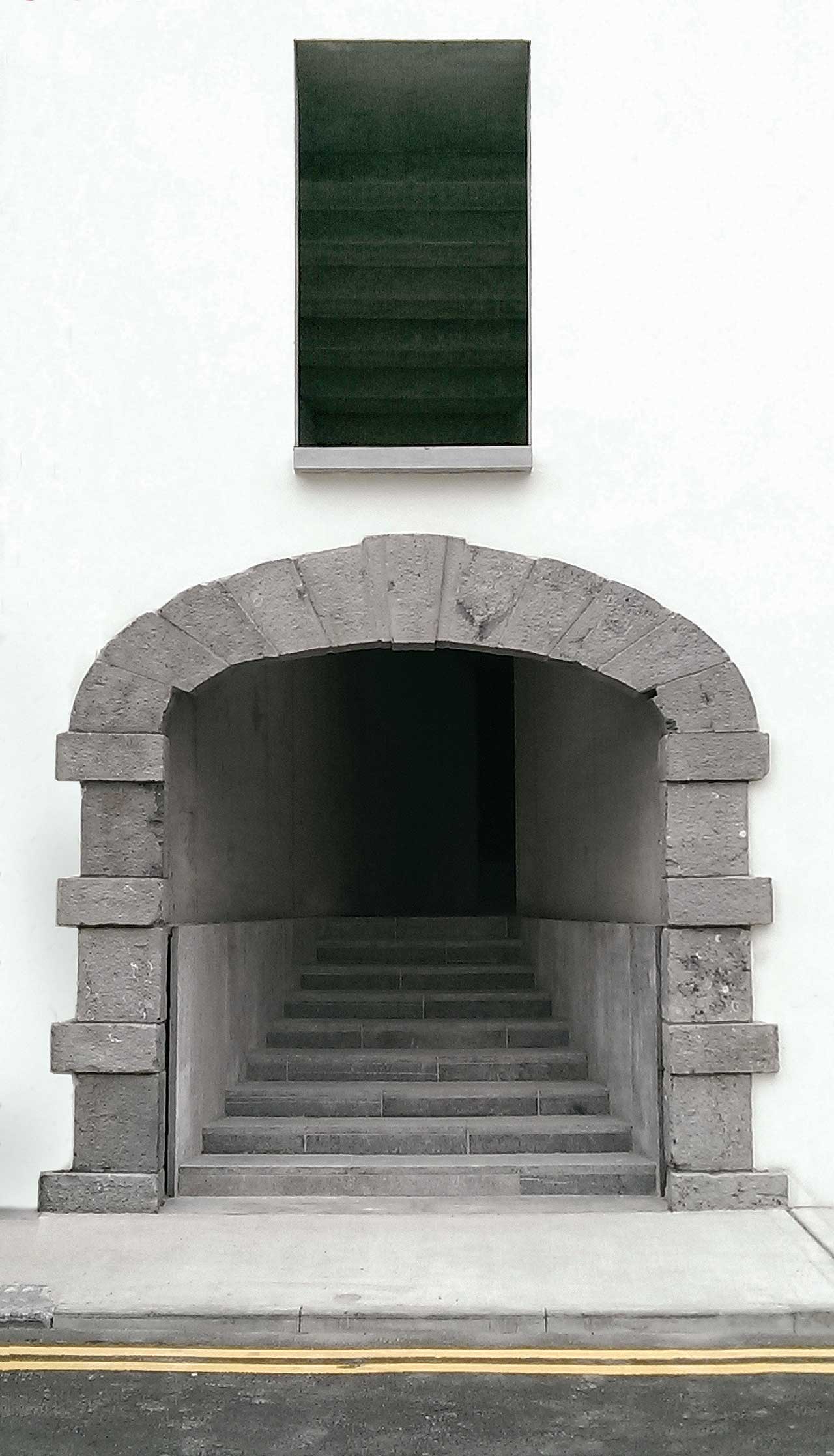
Photo by Anna Hofheinz.
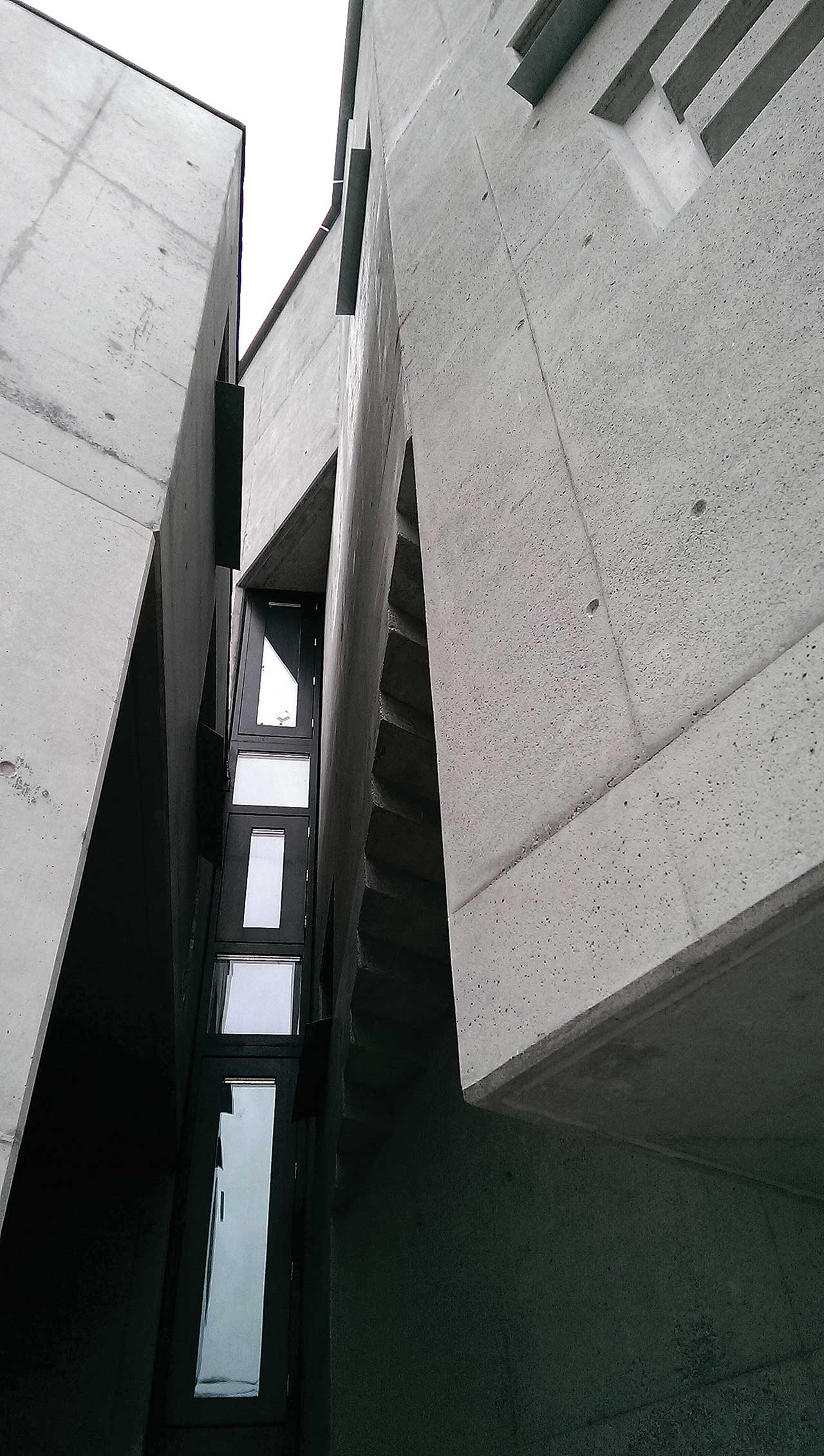
Photo by Anna Hofheinz.
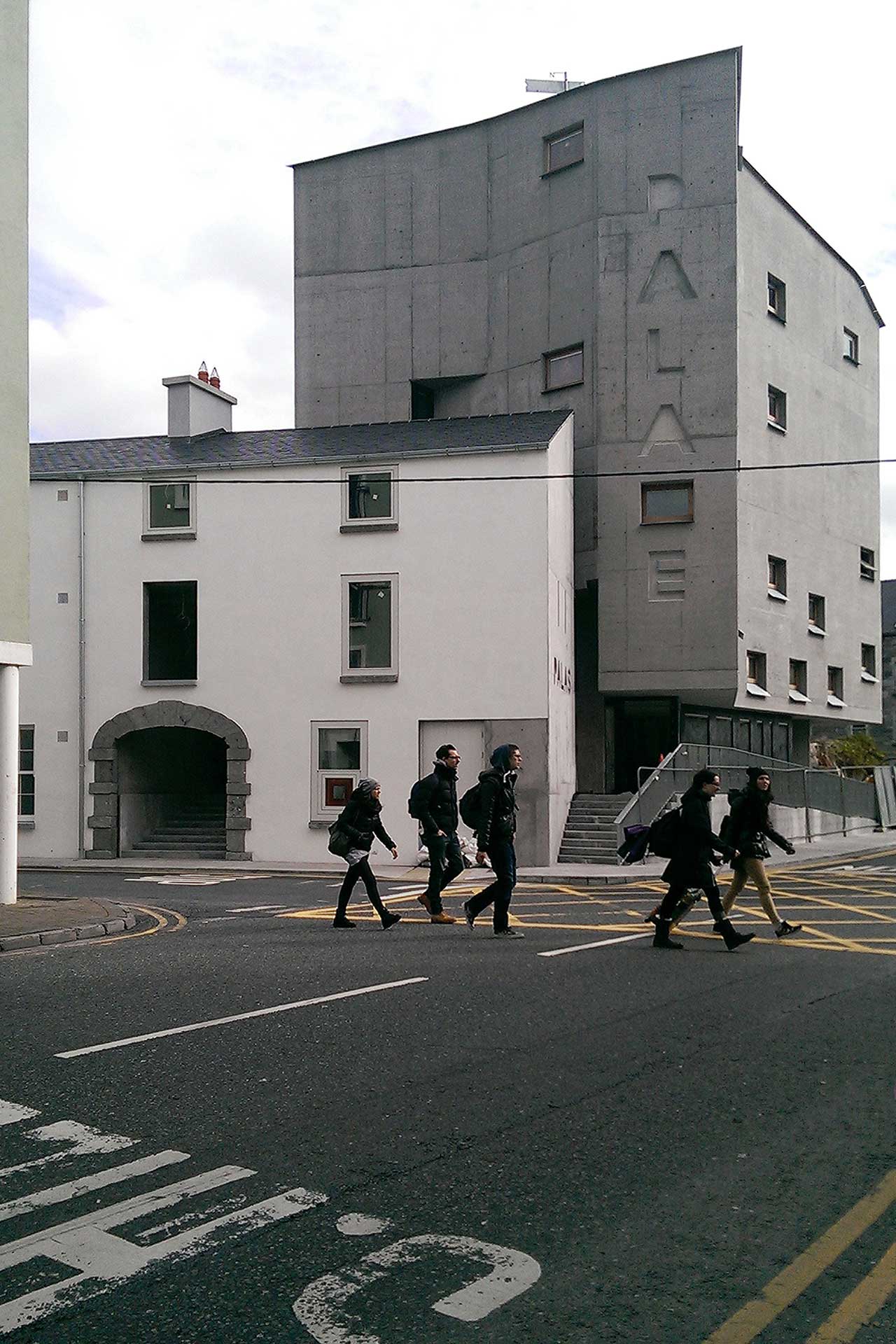
Photo by Anna Hofheinz.














